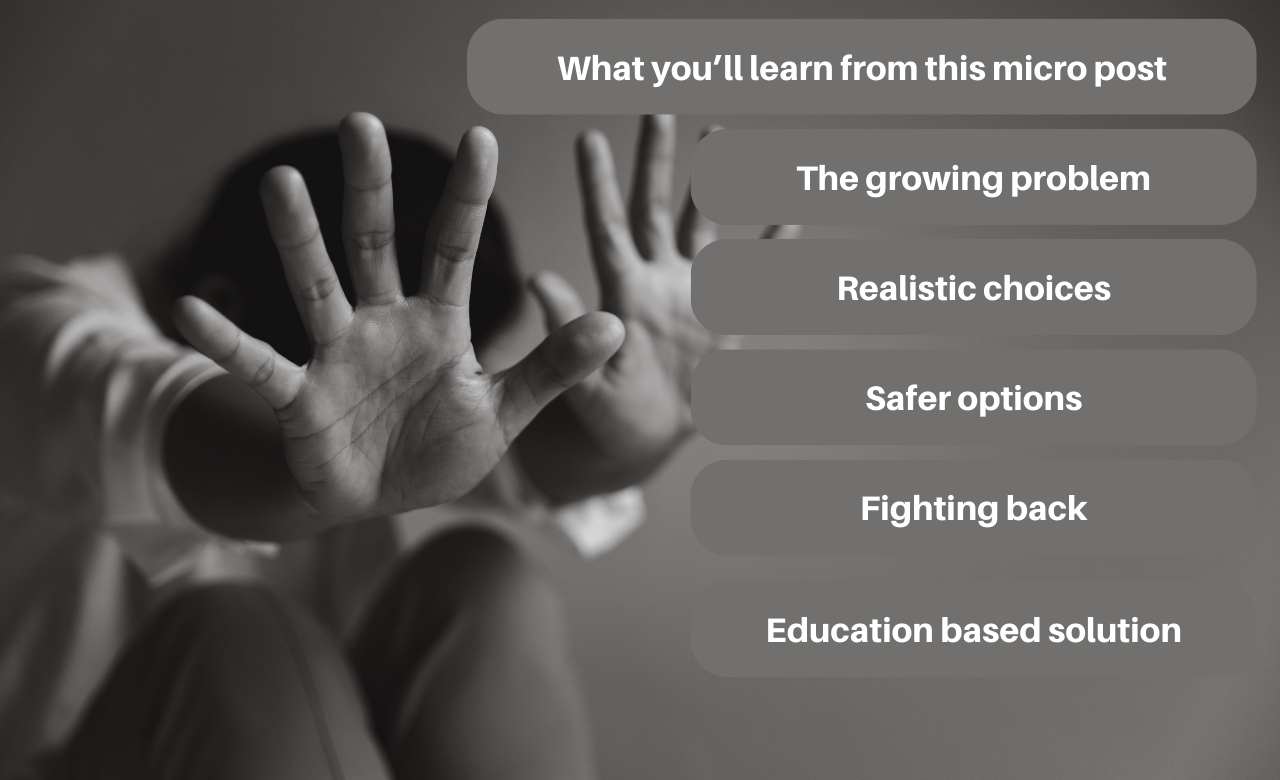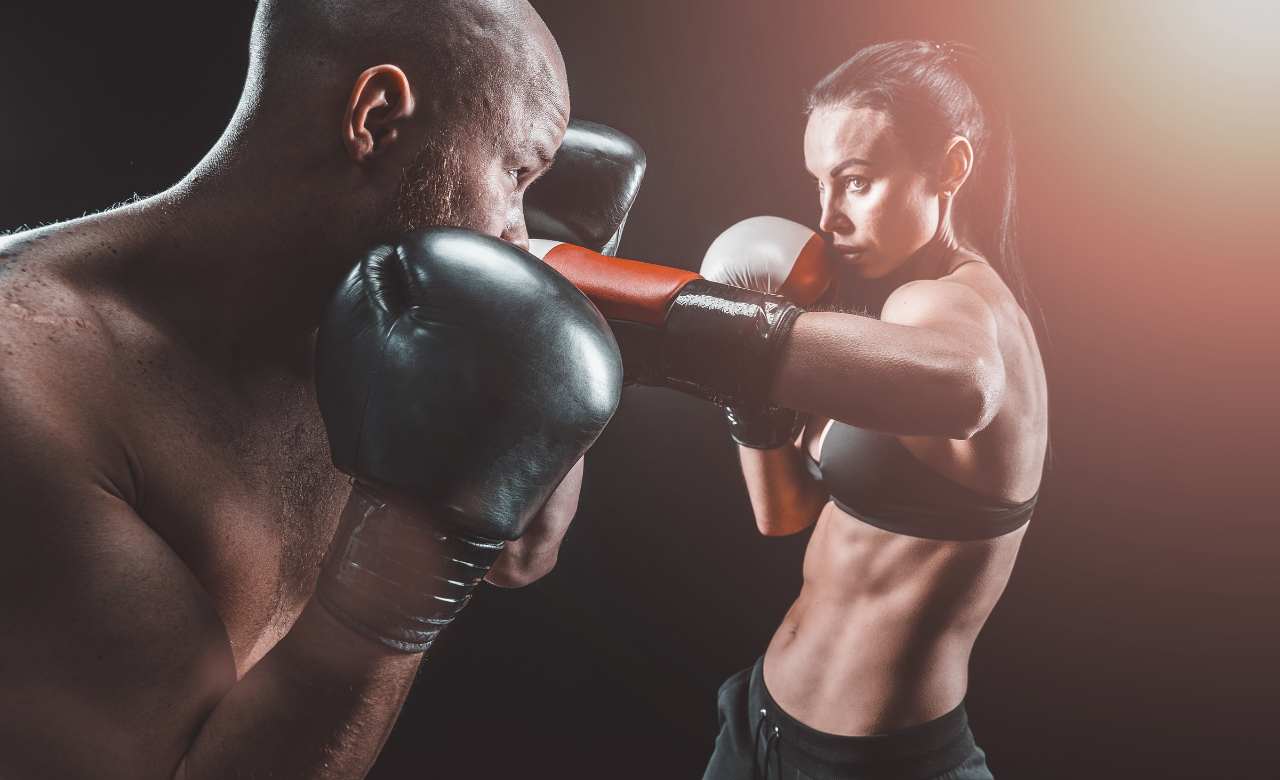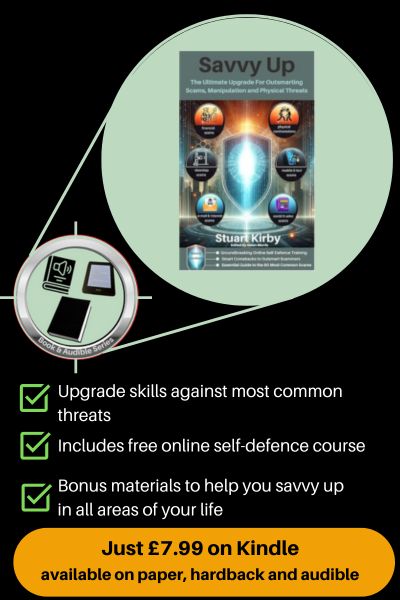
A Surge in Domestic Violence
The Covid pandemic brought with it a devastating surge in domestic violence across the globe, with 1 in 5 adults in the UK experiencing abuse. It’s a horrifying statistic that prompts the question: instead of waiting for more laws, better policing, or improved education, isn’t it time we learnt to fight back against violent oppressors? While the idea may feel empowering, it’s both idealistic and dangerously simplistic—and here’s why.
If you or someone you know is trapped in a physically abusive relationship, especially where children are involved, the safest and most effective course of action is to contact one of the many organisations that specialise in helping victims escape. Planning a safe exit requires strategy, support, and resources, and these organisations are equipped to guide you through it. A list of trusted organisations can be found at the end of this post.
The Reality of the Situation
Fighting back in a volatile domestic violence scenario is rarely the safest option, though we’ll share some last-resort tips later in this post for situations where your life is in immediate danger. The challenge with most self-defence courses and many martial arts systems is that they often focus on techniques that look impressive in a controlled environment but fall apart when faced with the raw, unrestrained violence and physical dominance typical in domestic abuse cases.
For someone who has endured prolonged physical abuse, the psychological toll can make fighting back even more difficult. Without the right training to develop not just the physical techniques but also the mindset to defend oneself, the instinct to act may simply not be there. True self-defence requires preparation that goes beyond moves and drills—it requires building resilience, awareness, and the confidence to take action when it matters most.

What Is The Right Training?
If you’re able to attend a boxing, Muay Thai, or MMA gym a few times a week for a year or two—especially where you can regularly spar with bigger opponents, particularly men—you’ll significantly level the playing field against a violent partner. That said, it’s vital to build up evidence of their abuse beforehand. If your training kicks in during a confrontation and you end up flooring or seriously injuring your partner, you’ll need enough evidence to demonstrate that you acted in self-defence. It’s also worth noting that UK self-defence laws allow for the principle of pre-emptive force. This means that if someone is coming at you—clenched fists, screaming, and clearly intent on harm—you are legally justified in acting first.
Why Boxing, Muay Thai, or MMA?
These disciplines focus on simplicity, drilling a small number of techniques until they become instinctive. For example, boxing’s foundation—jab, cross, uppercut, combined with solid footwork—can make you highly effective in a short period of time. In contrast, traditional martial arts like Karate, Krav Maga, Ju-jitsu, and Kung Fu often take years to reach a practical level of effectiveness, and some may never fully prepare you for real-world violence.
Many traditional martial arts rely on scenario-based training: “The attacker steps here, grabs you like this, and you respond with this twist or lock.” But real violence doesn’t follow a script. By contrast, Muay Thai and MMA incorporate live sparring into training, exposing you to the unpredictable nature of combat. Yes, you may end up with some bruises, but that toughness will translate into greater resilience—and more importantly, it will shorten your reaction time.

The Importance of Sparring
Consider this: you’re punched in the face for the first time. For most people, there’s an immediate gasp of disbelief as their brain struggles to process what just happened. This can lead to hesitation, an adrenaline dump, and a sudden feeling of powerlessness. In some cases, it may even trigger tonic immobilisation, a state of complete paralysis.
Combat sports like boxing, Muay Thai, and MMA train you to respond instinctively to being hit. Instead of freezing, you’ll react with controlled, focused action. Sparring conditions your mind and body to handle strikes without hesitation, ensuring you’re less likely to falter in a real confrontation.
The Challenges and Benefits
Of course, not everyone wants to get punched on a weekly basis, and combat sports like boxing do carry long-term risks to brain health. Fortunately, many gyms and dojos offer less punishing sparring options that still develop resilience. The point is, if you’ve been trapped in a violent relationship for years, committing to this kind of training could be your key to breaking free.
Beyond physical empowerment, this training builds confidence and mental strength that can transform other areas of your life. While it’s tough, it’s a path worth considering if you want to take control of your safety and reclaim your power.
You might just as well awaken your warrior!
A chilling statistic. The risk of serious assault and death is highest for woman after she leaves an abusive relationship. Research conducted by Femicide Census found that 38% of women killed by their ex-partner from 2009 to 2018 were killed within the first month of separation and 89% in the first year. The benefits to always being ready are clear.

A Safer, Logical and Long-Term Approach
While self-defence training can play an important role, we continue to advocate for using the services listed at the bottom of this post to plan a safe and strategic escape. However, the right kind of self-defence training, combined with early education, can have a powerful impact in preventing abusive behaviour from taking root.
Take the story of a good friend of mine. At sixteen, she found herself in her first ‘serious’ relationship. During a heated argument, her boyfriend lost control and shoved her against a wall. She didn’t hesitate—she left immediately, ending the relationship on the spot. He was devastated, but she had set a clear boundary: anyone who uses physical force would not get a second chance.
That moment was a pivotal lesson for both of them. For her, it was a declaration of self-respect and zero tolerance for violence. For him, it was an unforgettable consequence—lay hands, lose everything, no exceptions. I don’t know what became of him, but I hope that experience taught him a lifelong lesson: physical abuse has dire repercussions.
This story illustrates an important truth: if we can teach teenagers early on to recognise abusive behaviour and respond decisively, we can interrupt the cycle of abuse before it begins. Early education is key to preventing these patterns from taking hold and reducing the grim statistic that 1 in 4 women will experience domestic abuse.
At Mu-shin Self-Defence, we run workshops designed to empower individuals to identify coercive and abusive behaviours and stop them before they escalate. We focus on teaching practical strategies that can prevent frustration and anger from escalating into something more sinister. With early intervention and education, we can foster a generation that understands the boundaries of respect and consent, breaking the cycle of violence and building a safer future.
An uncomfortable truth!
We also teach last-resort strategies because understanding these could mean the difference between life and becoming a homicide statistic. Let’s start with human physiology. You’ve probably heard the classic advice: “kick them in the nuts and run.” While it sounds simple, it’s not as effective as you might think—adrenaline can make attackers less sensitive to pain, and landing a precise kick under stress is far from guaranteed.
Instead, focus on high-probability targets that are harder to defend against: the front of the throat and the side of the neck. Deliver multiple strikes to these areas with everything you’ve got, using the heel of your palm, knife-edge of your hand or elbow, and you’ll have a much better chance of incapacitating your attacker long enough to escape.
Take a moment to visualise this action—it could save your life. Better yet, practice it on a punchbag or strike pad so your body instinctively knows what to do under pressure. Remember, these techniques are a last resort and should only be used when your life is in immediate danger. Prioritising escape and survival is always the ultimate goal.
Contact These Organisations For Help With Domestic Violence
National Centre for Domestic Violence
Refuge
https://www.nationaldahelpline.org.uk/
Victim Support
https://www.victimsupport.org.uk/crime-info/types-crime/domestic-abuse/
If technology is part of the abuse then check out this useful guide on how better to secure devices, communications and personal data.
https://www.expressvpn.com/blog/tech-safety-for-survivors-of-domestic-violence/



